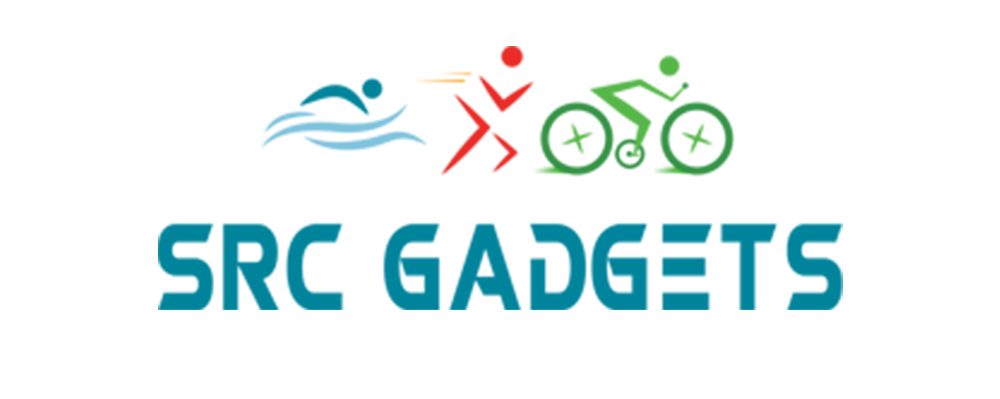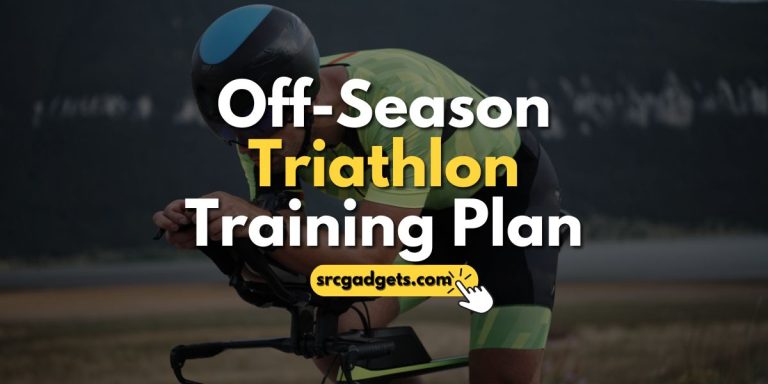When Does Triathlon Season Start?
The allure of the triathlon, a unique blend of swimming, cycling, and running, beckons many – from seasoned athletes to those just dipping their toes into the world of multi-sport events.
If you are a triathlete or aspire to be one, you might be wondering when does triathlon season starts.
There are different distances and formats of triathlons, such as sprint, Olympic, half-Ironman, and full-Ironman. Each of these has its own season and calendar of events.
Usually, It largely depends on your region and the specific events you’re targeting, but most triathlon seasons kick off in early spring (March or April) and run through late fall (October-November).
In this blog post, we will give you an overview of the standard triathlon season timeline, the major events in each month, and some tips on how to train for the season. Whether you are a beginner or a seasoned pro, this guide will help you plan your triathlon goals and schedule.
What is the Timeline of Standard Triathlon Season?
The standard triathlon season usually starts in March or April and ends in October or November. However, this may vary depending on the region and the climate.
For example, in warmer places like Australia or Hawaii, triathlons can be held all year round. In colder places like Canada or Scandinavia, triathlons may only be possible in the summer months.
Here is a general breakdown of the standard triathlon season by month:
March-April: The Warm-Up
The season begins with several short-distance races in early spring, including sprint and Olympic events. These races are perfect for beginners or for those looking to prepare for longer competitions later in the year. Some notable events during this time include the ITU World Triathlon Series in Abu Dhabi, Ironman 70.3 Oceanside, and the Ironman African Championship.
May-June: The Challenge
During the summer, there will be more races at various distances and locations as the season heats up. This is a good time to challenge yourself with longer or more difficult courses or to qualify for world championships. Some examples of events in this period are the ITU World Triathlon Series Yokohama, the Ironman 70.3 St. George, and the Ironman Cairns.
July-August: The Peak
It is the peak of the season when most races are held, and the level of competition is highest. This is when the world championships for sprint and Olympic distance triathlons are held, as well as some of the most iconic Ironman events. Some examples of events in this period are the ITU World Triathlon Series Hamburg, the ITU World Triathlon Grand Final Edmonton, and the Ironman World Championship Kona.
September-October: The Finale
Late summer and fall bring a few half-Ironman and full-Ironman races. These are great for those who want to finish the season strong or achieve a personal best. Some examples of events in this period are the Ironman 70.3 World Championship St. George, the Ironman Maryland, and the Ironman Florida.
November-February: The Off-Season
The off-season, with few or no races available. This is a time to rest, recover, and reflect on your achievements and areas of improvement. It is also a time to plan your next season goals and start your off-season training.
How to Train for the Season
Training for triathlon season requires a lot of dedication, discipline, and consistency. You need to balance your training across three different sports, as well as your nutrition, recovery, and injury prevention.
The amount and intensity of your training will depend on your current fitness level, your race distance, and your goals. However, some general principles apply to all triathletes:
Have a Training Plan
A training plan is a schedule that outlines your weekly workouts, including the duration, frequency, intensity, and type of each session. A training plan helps you stay focused, motivated, and accountable. It also helps you avoid overtraining or undertraining.
Follow Periodization
Periodization is a method of organizing your training into different phases or cycles that vary in volume and intensity. Periodization helps you optimize your performance, prevent injuries, and avoid burnout.
Mix Up Your Workouts
To improve your triathlon skills, you need to train in all three disciplines: swimming, cycling, and running. However, you also need to vary your workouts within each discipline to target different aspects of your fitness, such as endurance, speed, power, technique, etc.
Eat Well and Hydrate
Nutrition plays a crucial role in triathlon training and performance. It’s essential to consume a balanced diet with adequate energy, protein, carbs, fats, vitamins, minerals, and fluids. Proper hydration before, during, and after workouts is also vital to avoid dehydration and maintain electrolyte balance.
Recover and Prevent Injuries
For triathletes, recovery is just as crucial as training. It’s essential to let your body heal and adjust to workout stresses. Ensure you get enough sleep, take regular rest days, and engage in active recovery like yoga or stretching. Utilize tools like foam rollers or massage guns, and consider professional services like physiotherapy or massage therapy when necessary.
Conclusion
In summary, the triathlon season generally starts in March or April and runs through October or November, though the exact timeline varies by region. The early months are for warm-up races, and the mid-season is peak competition, including World Championship events. September and October bring the season’s big finale Ironman races before the off-season starts.
To prepare, triathletes need a training plan to build endurance and skills in swimming, biking, and running. Following periodization, mixing up workouts, proper nutrition, hydration, recovery, and injury prevention is also key. With smart preparation and commitment, any triathlete can achieve their goals and have an epic triathlon season.
The triathlon calendar provides races of all distances and difficulties from spring to fall. With dedicated training across the three sports, adequate rest and recovery, and sound nutrition, triathletes can successfully build their fitness and take on their desired challenges when the season starts anew each year.
Frequently Asked Questions
What is the ideal time to start training for an early-season sprint triathlon?
Beginners should start training 12-16 weeks out from an early season sprint triathlon in March/April.
When do registration and lottery entries open for the Ironman World Championship?
Registration for the Ironman World Championship in Kona typically opens in late October to early November the year before the race.
How should triathletes structure their training during the peak competition months?
Focus on race-specific workouts and intensity during peak season while reducing overall volume to prevent burnout.





